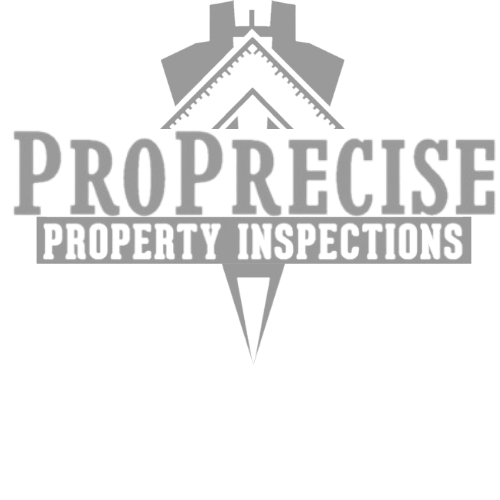SCHEDULE AN INSPECTION - CALL US
330-800-5914
Radon
Radon
Radon
The radioactive element radon
is odorless, colorless, and deadly. The gas accumulates in the air we breathe and can lead to lung cancer. In fact, radon is the leading cause of lung cancer in non-smokers and the second leading cause in those who do smoke. There is no safe level of radon exposure.
Free Estimate
Radon comes from the natural breakdown of uranium found in soil, rock, and water. As it diminishes, it incorporates with the air we breathe. It seeps into buildings through cracks in the foundation, walls, and joints. It can also make its way into your home through gaps around pipes or cables, small pores in hollow-block walls, or sumps or drains. If the element exists, it will find its way into your home. Exposure is more damaging when the amount of radon or time spent around it increases. Since people spend the majority of their time at home, that is the leading culprit for exposure.
Radon is classified as a human carcinogen worldwide and is recognized as such by agencies like the National Academy of Sciences, US Department of Health and Human Services, the World Health Organization, and the EPA. Whereas many scientific studies focus largely on rats, radon is unique in that the radon exposure of underground miners serves as a mountain of data for scientists. Those organizations maintain radon causes about 15,000 to 21,000 lung cancer deaths every single year. Thousands of those have been within Ohio. The
EPA says
the vast majority of those deaths could have been prevented with proper inspection and mitigation efforts.
The Ohio Department of Health says homeowners should have a licensed professional check for radon every two years after any renovations are made, and if you are buying or selling the property. The ODH Radon Education and Licensing Program says it has found elevated levels of radon in every single county in the state and believes
half of Ohio homes host those cancer-causing levels.
ProPrecise Property Inspections offers radon testing by certified professionals. The radon test is a thorough two-day process. Here's how it works: Our licensed experts place state-of-the-art machinery specifically designed to detect radon in the lowest habitable level of your home. The radon levels usually are highest in the areas of your home that are closest to the soil. If you have a basement, the machine will go there. After 48 hours registering radon presence, the machine will demonstrate an average detection amount. An expert from ProPrecise will analyze the results to see if they hover around or above the levels considered unsafe by the EPA. We include a reduced rate if you combine that test with your home inspection.
If the radon levels found in your home are past the EPA's 4.0 pCi/L marker, action should be taken immediately. However, the EPA warns that levels of even half that amount are still dangerous, and you should consider tending to them. If ProPrecise detects those levels of radon in your home, we will offer a radon mitigation system. Our licensed professionals can walk you through our well-tested, durable, and cost-efficient methods that prevent radon buildup in new houses and reduce radon in existing dwellings.

